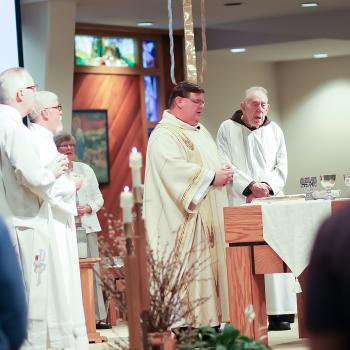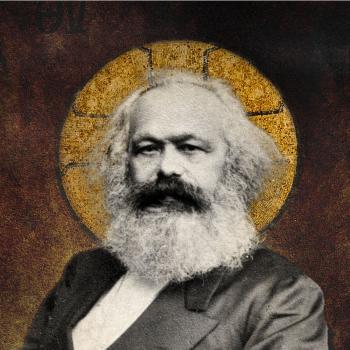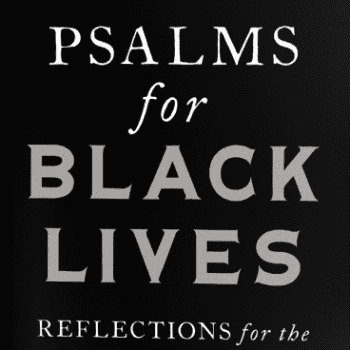Note: This post is part of Patheos’ Future of Religion series. This week’s focus is Buddhism.
I was raised as an evangelical Christian to spend twenty minutes each day in a “quiet time” with God: reading the Bible, journaling, and praying. When I first visited a Zen Buddhist Center as an undergraduate religion major, I was invited to sit zazen for forty-five minutes, more than twice the amount of “quiet time” to which I was accustomed. And this Buddhist quiet time permitted no distractions. I was instructed to face a white wall and to release any thoughts that came into my head. I don’t think I could have meditated for forty-five minutes on my own, but the peaceful spirit of those sitting nearby kept me glued to my cushion.
The Buddhist practice of spending forty-five minutes in group meditation challenged me to consider why I had never spent more than twenty minutes in quiet reflection as a Christian, much less forty-five minutes silently in God’s presence. As I began to explore the contemplative Christian tradition, I encountered Jesuit writer Walter Burghardt’s definition of prayer as “a long, loving look at the real.” Perhaps this definition provides one fruitful starting point for Buddhist-Christian dialogue: listening to one another’s first-hand experiences of silently, contemplatively, and compassionately opening oneself to the present moment.
In recent years, I have been inspired by Paul Knitter’s book Without Buddha I Could Not Be a Christian. Knitter weaves his personal story throughout the text to show how Buddhism has profoundly strengthened and illuminated his Christianity. His dual practice of both Christianity and Buddhism challenges me to continue to supplement my commitment to the way of Jesus with insights from the Buddhist tradition.












